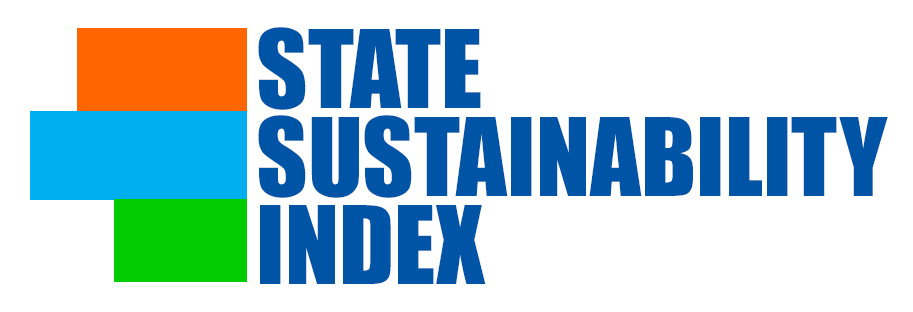Agriculture-Water Index Overview
There are 7 indicator metrics within the agricultural water section of the State Sustainability Report. A brief description of each agricultural metric is listed below with an explanation of the metrics importance to water.
Concentrated Animal Feeding Operations (CAFOs): CAFOs allow for greater and more efficient production of animals for human consumption. However, there is the potential for several drawbacks related to water and water quality when a large amount of animals are kept in such a close area, namely, manure and waste runoff into water bodies.
Land Use: Agricultural land use varies across states, terrain, and types of crops grown. In regards to water quality, certain tiling, tillage, and other land uses are better than others.
Organic Agriculture: In general, organic production can be less harmful to local water bodies than traditional agricultural practices due to no or environmentally safe pesticide application and generally more sustainable agricultural practices. However, it is important to note that practices vary from farm to farm.
Non-Point Source Pollution: Because non-point source pollution from agriculture is difficult to measure and control, it can have a large impact on water quality due to run-off, erosion, and other mechanisms.
Vegetation Buffers: Vegetation buffers surrounding water bodies produce a cleaner and healthier ecosystem. When buffers are sufficiently wide, they are able to clean and filter agricultural run-off before it enters into the waterways.
Fertilizers: Fertilizers provide necessary nutrients for crops to grow and yield their produce. However, due to certain tiling and tillage practices and when applied too liberally or too close to water bodies, fertilizers can have harmful consequences to those water bodies.
Water Withdrawal: States withdraw billions of gallons of ground and surface water to irrigate crops, water livestock, and develop their aquaculture businesses. These agricultural sectors bring in billions of dollars in revenue to the states. Ensuring a clean and sustainable source of water for agricultural ensures economic stability and growth for the future.
For more information on State Sustainability Index’s Agriculture-Water Metrics, click here to find the complete SustainIN Capstone Report

